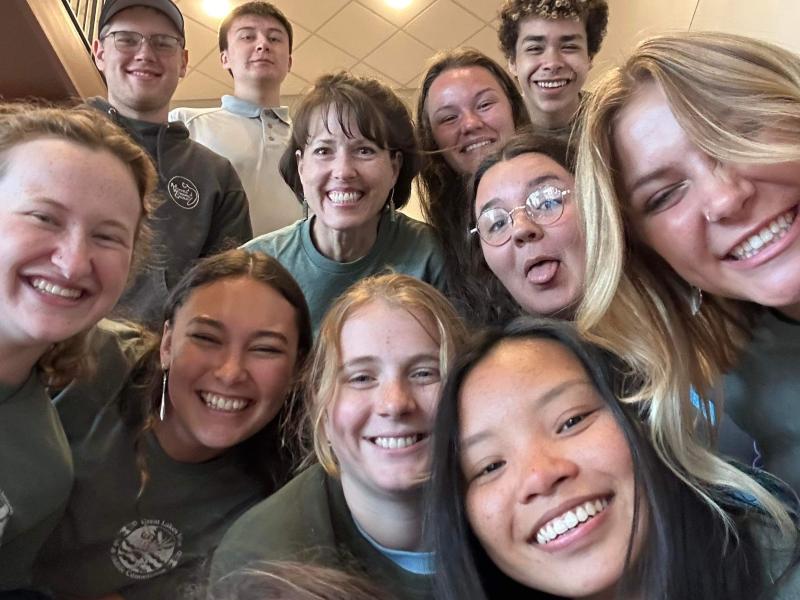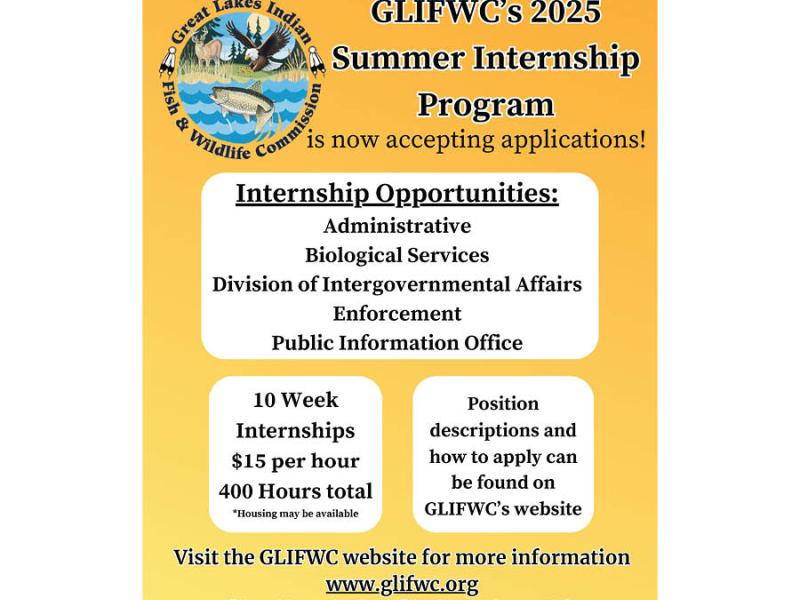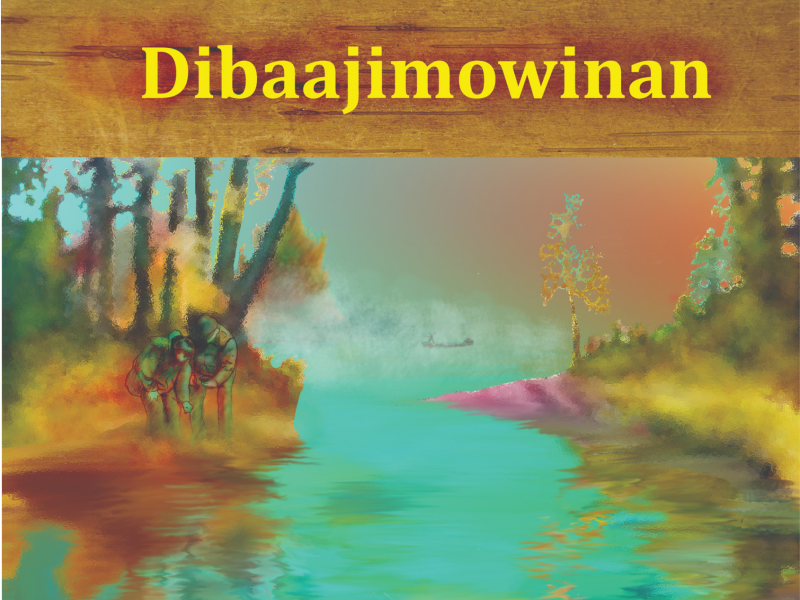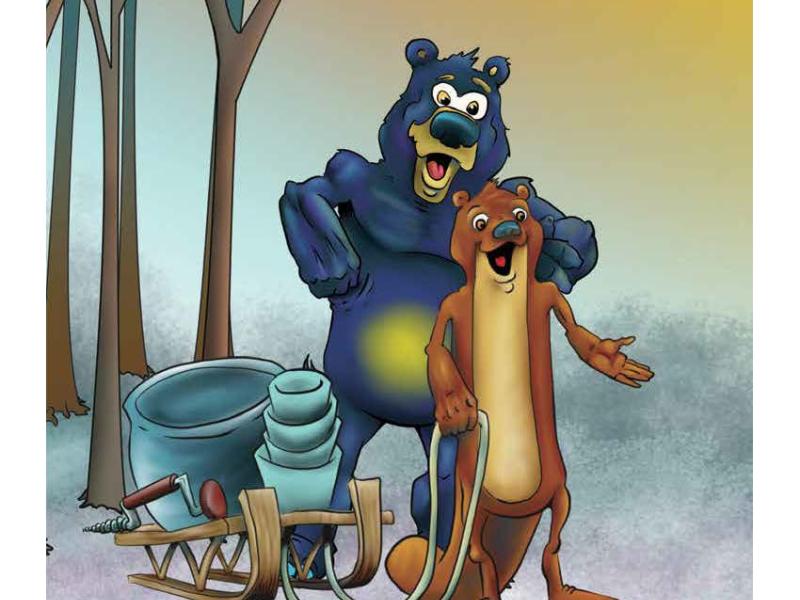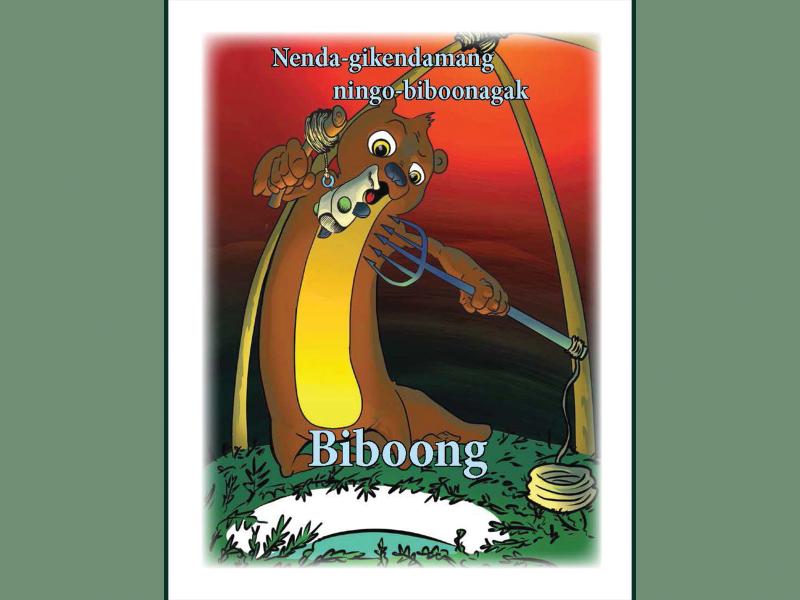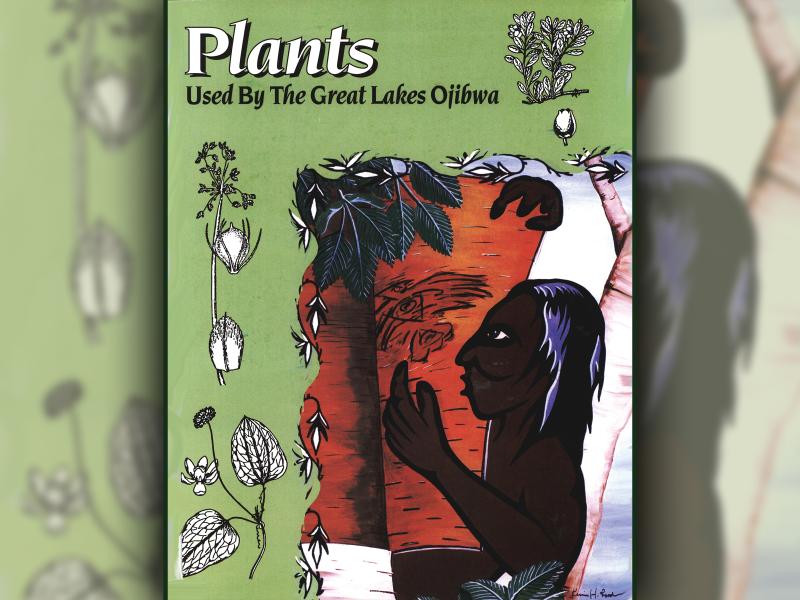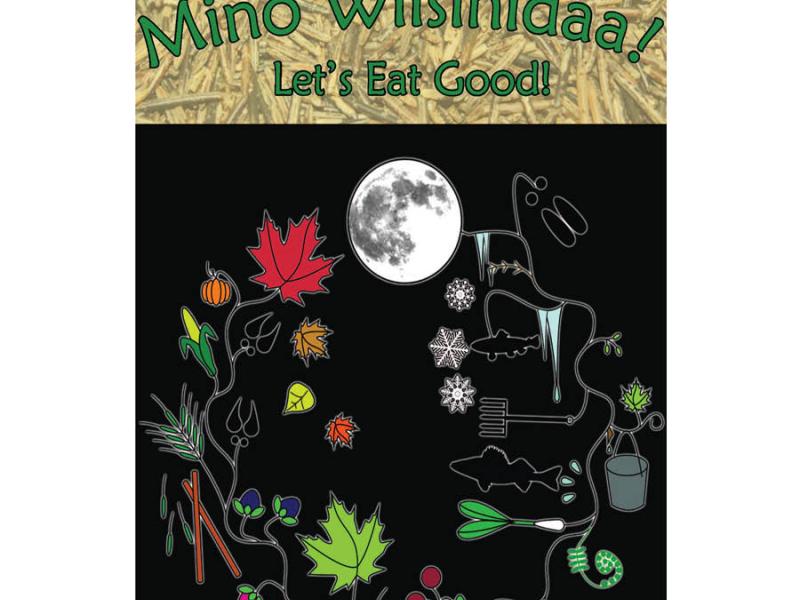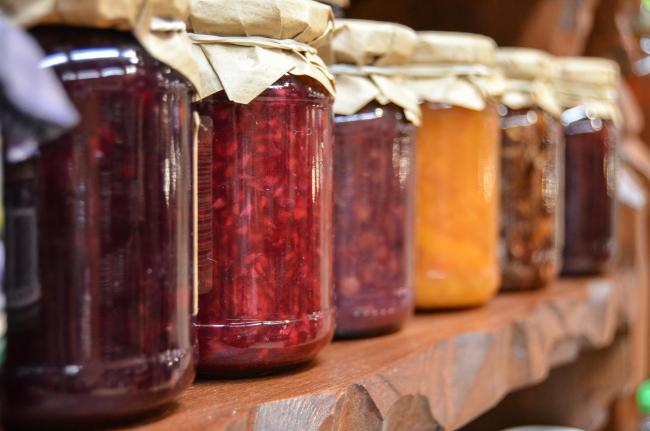
Hazard Analysis and Critical Control Point (HACCP) is a proven system that ensures that the food you harvest/produce is safe to eat and sell.
The law requires a food safety management system based on HACCP for businesses that buy or sell food. GLIFWC covers training expenses for GLIFWC member tribal citizens and employees to enroll in Seafood HACCP training.
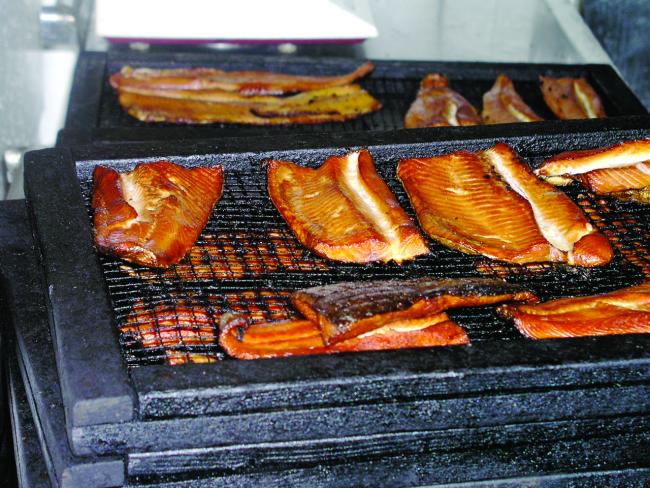
Providing a general regulatory framework for GLIFWC's member tribes, the Model Food Code helps establish food systems for the sale of value-added wild-harvested foods.
The Model Food Code Project assists tribal harvesters, food handlers/processors/managers, regulatory staff, leadership, and community members to build food systems that include traditional harvest to support sales within and beyond reservation boundaries.
For more information, contact Model Food Coordinator, Melissa Maund-Rasmussen.
Developed by the Great Lakes Indian Fish and Wildlife Commission as part of its “Chippewa Ceded Territory Traditional Food Regulatory System Project,” with funding provided by the Administration for Native Americans and the Bureau of Indian Affairs.
Traditional feasts often feature fish dishes and stories are told of the relationship between humans and fish.
Manoomin, the Ojibwe word for wild rice, directly translates into “the good berry.” This word reflects the importance of this healthy staple food to the Ojibwe diet.
Model Food Processing Code, Equipment and methods, HACCP and Sanitation Standard Operating Procedures (SSOPs), Contamination risks and Food safety overview.
Training Manual for “GLIFWC Ceded Territory Traditional Food Regulatory System Project” September 2020
An internship with GLIFWC offers a wide variety of educational, field, and culturally relevant opportunities. Through our internship program, college students work with GLIFWC staff across all divisions to learn more about the coursework and training that can support your natural resource, stewardship, and tribal governance career goals.
GLIFWC interns participate in field work, events, and Anishinaabe cultural traditions with a focus on learning the historical importance of reserved rights, current practices, and the future of preserving these rights.
For more information, contact Internship Coordinator, Pauline Lemieux
Read more about what a GLIFWC internship looks like from the 2023 Dagwaagin (fall) issue of Mazina'igan.
The application date for summer 2025 is now closed, but you can still view internship descriptions for future planning.
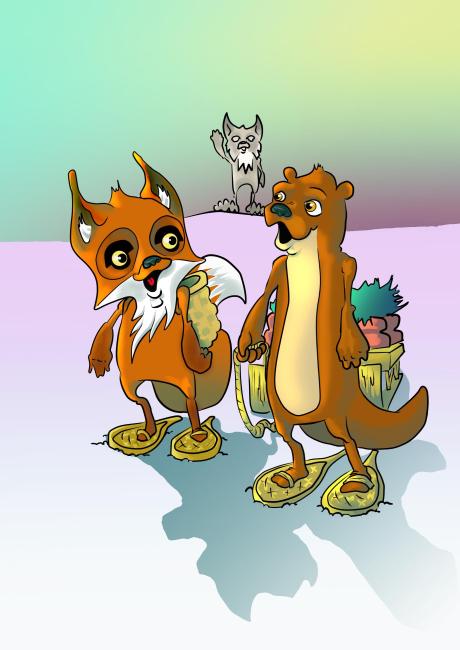
Discover the latest Maajii-Ojibwemowag (They Begin to Speak Ojibwe) Early Childhood Language Learning Resources!
Get started with this intro video.
Our Ojibwe language website, Nenda-Gikendamang Ningo-biboonagak (We Seek to Learn Throughout the Year) is an excellent learning resource for all ages. From animated listen-and-read-along storybooks to interactive learning games, Nenda-gikendamang Ningo-biboonagak (We Seek to Learn Throughout the Year) offers an engaging, culturally appropriate experience.
Please note: Nenda-gikendamang Ningo-biboonagak (We Seek to Learn Throughout the Year) and its language resources are intended as tools for Ojibwemowin accessibility, and by no means are a replacement for our speakers and elders. You should always consult with your community's speakers and elders to ensure proper representation of your specific dialect.
Nenda-gikendamang Ningo-biboonagak (We Seek to Learn Throughout the Year) was made possible through grant funding from the Administration for Native Americans (ANA).
For more information, contact ANA Grant Project Director, Melissa Rasmussen
The bilingual Dibaajimowinan: Anishinaabe Stories of Culture and Respect, provides another valuable language resource for Ojibwemowin learners as well as interesting stories from Ojibwe elders translated into English. The final product is a collection of 34 stories.
The storybook picks up where Biboon left off. Nigig finds Makwa waking up hungry from his winter sleep. Nigig takes Makwa to the sugarbush, and with the help of friends, makes syrup and maple sugar candy. They then continue to set gill nets and spear fish by torchlight. ©2016
The storybook tells about Nigig and his journey to spear fish in the winter. Along the way he meets Waagosh, Bizhiw, Ma’iingan, and Gijigaaneshii. ©2015
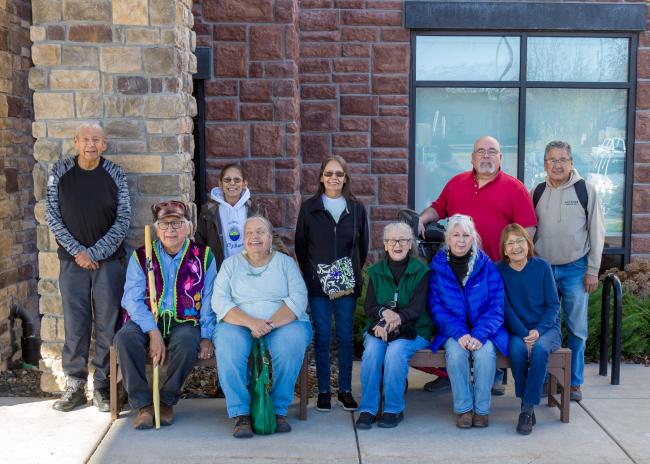
Established in the early 2000s, the GLIFWC Advisory And Guidance Input Group of Elders (GAAGIGE) meets twice annually guiding program initiatives forward through storytelling and recommendations on everything from traditional foods, to language, to traditional ecological knowledge, to climate change adaption.
Gaagige, in Ojibwemowin, means forever; GLIFWC initiated the advisory committee with elders from across Ojibwe Country to help preserve traditional ecological knowledge and language.
Read more about GAAGIGE pg. 5
This book includes a brief description of the plant and its use, a reproduced line drawing, and a map showing the approximate distribution of each plant within the ceded territories.
Mino Wiisinidaa is a cookbook featuring recipes with traditional Anishinaabe foods which support a healthy lifestyle, harvesting references and resources, as well as kitchen safety and cross-contamination tips.
Informational posters for venison, whitefish and walleye, and traditionally harvested plants can be downloaded for free through the store.
